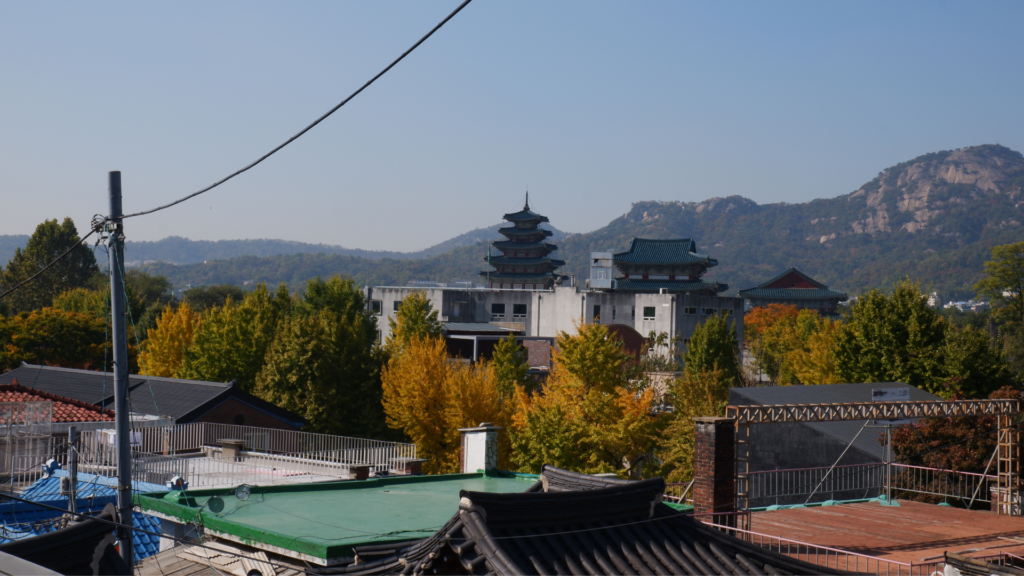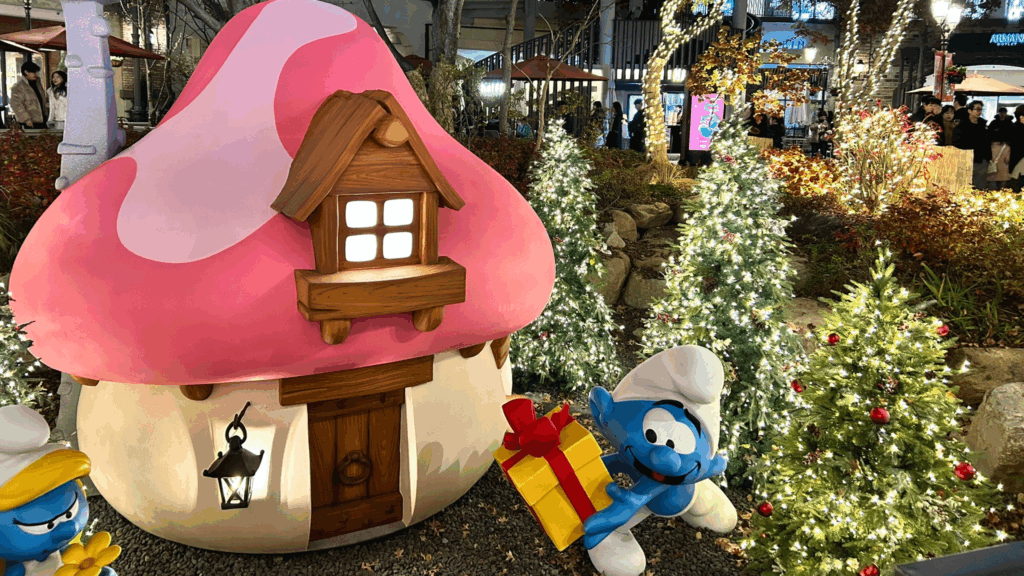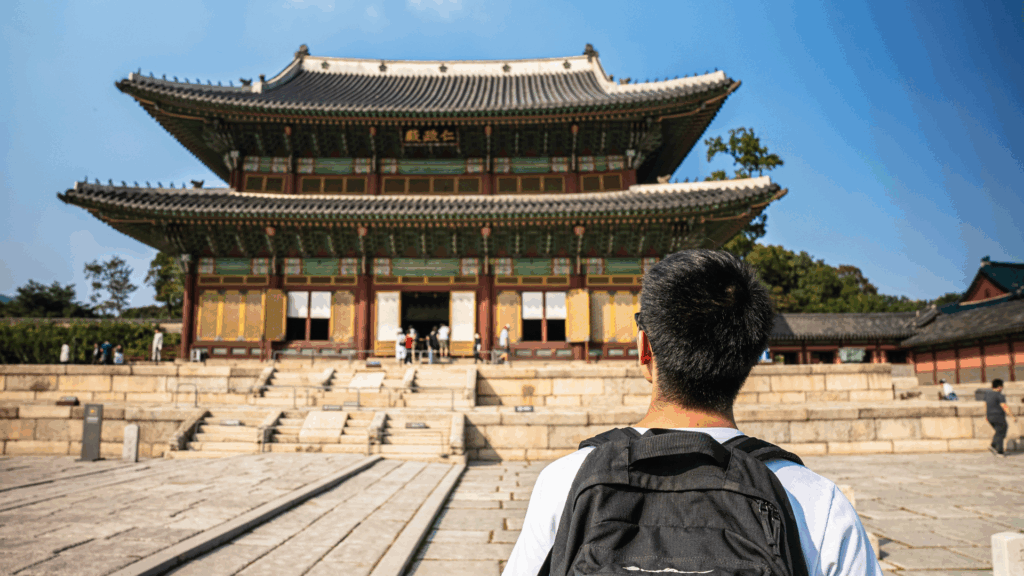Chuseok (추석) is one of Korea’s most important holidays and was originally established to celebrate the new harvest. It falls around September/October, the time when the fruits of labour in the fields are harvested, and the date each year varies according to the lunar calendar. It is a kind of thanksgiving for the food received, combined with a tribute to ancestors who have passed, to whom a feast is offered.
But what is the food for Chuseok that is put on the table? Let’s find out in this article what the 7 dishes are!

Food for Chuseok: The fruit of the harvest
Since it is a harvest festival, the food for Chuseok must include the harvest. We always find rice, fruit, vegetables (learn Korean words on vegetables here) or dishes based on these ingredients. In particular, as part of the ritual, rice is placed on the table dedicated to ancestors in single-portion bowls with a spoon stuck in the middle, symbolising offerings to the ancestors.
Top 7 most prepared food for Chuseok
1. Japchae (잡채)
Among the first courses, one particularly eaten during Chuseok is japchae (잡채). It is a dish made with potato starch-based noodles stir-fried with vegetables and, depending on the variant, also egg and meat, then seasoned with soy sauce and sesame oil. Given the vegetable-based seasoning, it remains in theme with the holiday food for Chuseok!

2. Jeon and fritters (전)
Jeon (전) or buchimgae (부침개) is also known as a Korean pancake, but it is actually more of a batter mixed with different ingredients and deep-fried in a pan with a little oil. In terms of appearance, it is very similar to an omelette and can be of various types. The most classic one is called pajeon (파전), and the main ingredient included in the batter is spring onion, which is called pa (파) in Korean.
In addition to that, there are a number of other popular types of jeons, such as:
- kimchijeon (김치전), which is made from kimchi (김치)
- gamjajeon (감자전), which is made from potato (감자, gamja)
- haemulpajeon (해물파전), i.e. seafood (해물, haemul)
- modeum jeon (모듬전), i.e. simple battered vegetables
These ‘fritters’ can never be missed as an important food for Chuseok. Besides these, during Chuseok, many families also eat donggeurangttaeng (동그랑땡), which is a kind of Korean flat meatball cooked in the same way as jeon.
3. Suyuk (수육)
It’s true that it’s the harvest festival, but that doesn’t mean there can’t also be dishes made with different ingredients. Each family chooses to serve their choice of food for Chuseok, and one of the most common meat dishes during Chuseok is suyuk (수육), or boiled meat. Usually pork or beef.
The term comes from the Chinese su (수), meaning water, and yuk (육), meaning meat. It can also be eaten cold and is often eaten with kimchi or ssamjang (쌈장), a sauce made from soybean paste, chilli and garlic. The fact that it is also sometimes served cold is because diners only start to eat after the ancestor ritual is completed.

4. Salmeun Jogi (삶은 조기)
As for fish, one of the most traditional and simple dishes to prepare is salmeun jogi (삶은 조기), which is boiled corvina.
The reason why Salmeun Jogi is a must-prepare food for Chuseok is that Corvina symbolises abundance and prosperity. In Korean culture, meat and fish are included in festive meals to represent a bountiful harvest and good fortune for the coming year.
Moreover, Fish like Corvina are considered to be of good quality which aligns with the spirit of Chuseok, which celebrates the harvest!
5. Songpyeon (송편)
Finally, we come to desserts. The typical Chuseok dessert is undoubtedly the songpyeon (송편), crescent-shaped rice-flour sweets with various kinds of fillings: they can be filled with honey and sesame, red bean jam (팥, pat), chestnut paste and more.
The color can also vary depending on what is added to the dough along with the rice flour: for white songpyeons, nothing is added; for green songpyeons, mugwort powder (쑥, ssuk) is usually added; for pink songpyeons, blueberry juice… The list is endless!
6. Baesuk (배숙)
Baesuk (배숙) is a traditional Korean dessert made by steaming pears stuffed with honey and spices like Ginger, Jujube or Cinnamon.
Usually served warm towards the end of the meal, to aid digestion and, or as a comforting treat during colder weather.
7. Gangjeong (강정)
In addition to these, many families also serve gangjeong (강정), puffed rice sweets made from glutinous rice flour, covered with honey and bean powder, sesame or others. They too come in various colours and are typical sweets for different festivals, not just Chuseok.
This is the typical food for Chuseok. Do you already know some of these dishes? For more information on Korean culture, keep following our blog and do not hesitate to contact us about living and studying in Korea.








